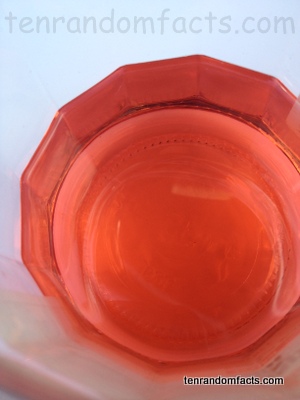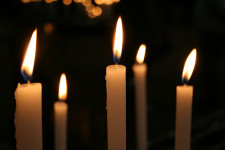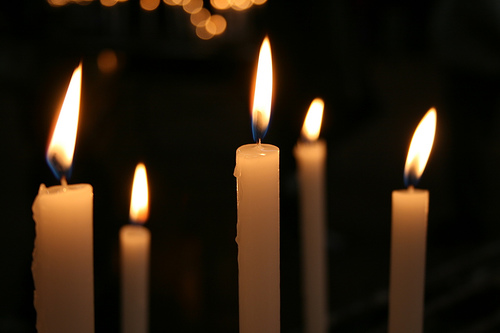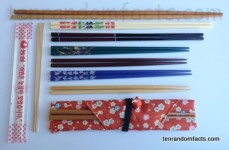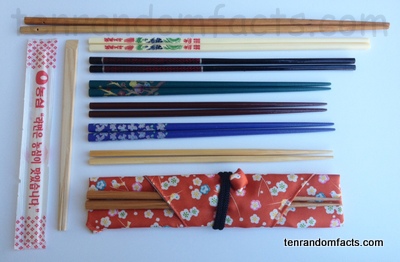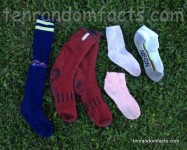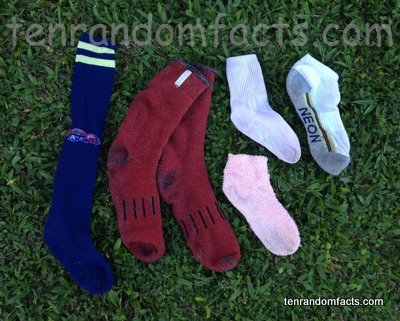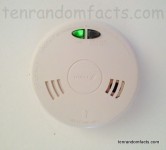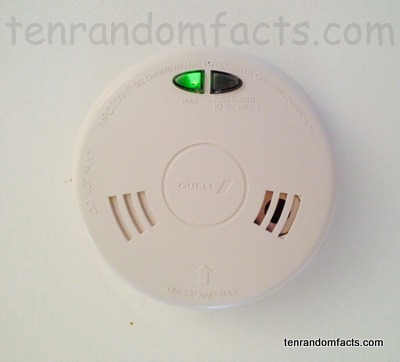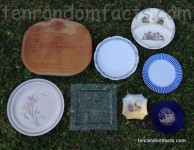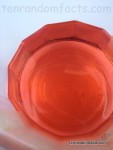
If it doesn’t run on diesel, it’ll probably run on gasoline.
- Gasoline is a liquid fuel used to power engines that produce power through the process of combustion, and it is commonly used in vehicles like automobiles, as well as lawn mowers.
- ‘Gasoline’ is also known as ‘petrol’ or ‘petroleum’, and also by the general term ‘fuel’, and the product is a combination of hydrogen and carbon, a ‘hydrocarbon’.
- Although gasoline is generally produced clear in colour, it is sometimes dyed yellow, purple, orange or red to visually distinguish between fuel types and grades.
- Gasoline is sourced from crude oil, or ‘petroleum’ as it is also known, and the oil undergoes a distilling process which produces kerosene among other products, and the petrol produced is a by-product of this process.
- The raw gasoline distilled from oil is generally unsuitable for use in engines as it causes engine knocking, and so to remedy this, chemical additives are included in the mixture, and these were originally lead based chemicals until leaded-fuels where banned in most countries from the 1970s onwards.
- Significant amounts of carbon dioxide are released on combustion of gasoline, and this, as well as the toxic nature of petrol leaks, and the non-renewable source of the fuel, has led it to be marked as not environmentally friendly.
- Gasoline contains around 15 different chemicals that are poisonous to humans on consumption, and the fuel gives off a strong vapour which is toxic to humans if inhaled, although some people deliberately sniff the substance and as a result, petrol called ‘Opal’, that has a much reduced odour, has been introduced to some areas where sniffing is a serious problem.
- In 1859, the American oil driller Edwin Drake, is said to have distilled the first gasoline, although he disposed of it under the assumption it would be of no use; and it was not until the 1890s that it was first used in automobiles.
- After a year or so, gasoline is generally rendered too unstable and thus unusable for most engines, and is best disposed ofor used with the addition of fresh fuel, although a stabiliser can be added to fuel to extend its shelf life.
- Gasoline is widely available at service stations, and in 2015 it cost between 50 cents and $7 US dollars for 3.8 litres (1 gallon) depending on the country, and the fuel is notoriously more expensive in Europe.
Bibliography:
Bellis M, History of Gasoline, 2015, About Money, http://inventors.about.com/od/gstartinventions/a/gasoline.htm
Gasoline, 2015, Wikipedia, https://en.wikipedia.org/wiki/Gasoline
Gasoline (Petrol), n.d, AMMA Resource Industry Employment Group, http://www.miningoilgasjobs.com.au/oil-gas-energy/hydrocarbons-and-energy/hydrocarbons/oil-and-gas/downstream/gasoline.aspx
History of Gasoline, 2014, US Energy Information Administration, http://www.eia.gov/energyexplained/index.cfm?page=gasoline_history





